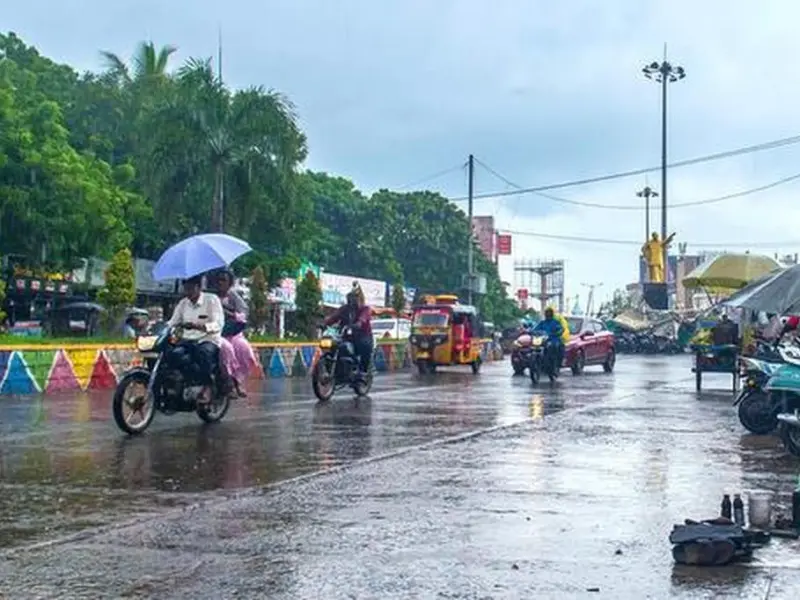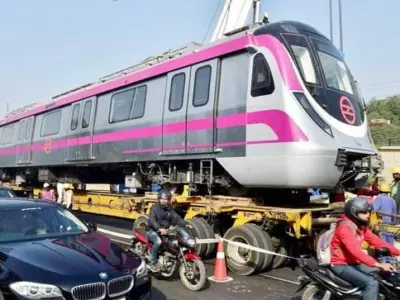In the villages of Dhoolsiras and Bamnauli, located in Dwarka, there’s a significant development unfolding that intertwines the future of transportation with community concerns. The proposed high-speed rail station, part of the ambitious Delhi-Amritsar high-speed rail corridor, is at the heart of this development.
Originally, the station’s location was planned within the boundaries of these villages, potentially affecting around two thousand homes. However, following community feedback, a pivotal shift towards finding a new location for the station is underway, ensuring no homes are endangered.
Community Engagement Leads to Reevaluation
The revelation that numerous homes in Dhoolsiras and Bamnauli were within the planned station’s area prompted villagers to seek intervention from various authorities.

Their proactive approach led to a reconsideration of the station’s placement, showcasing a collaborative spirit between the public and the authorities. This responsiveness highlights a community-centric approach to infrastructure development, ensuring that progress does not come at the expense of local inhabitants’ well-being.
Comprehensive Review and Planning
The Delhi-Amritsar high-speed rail project, stretching approximately 453 kilometers, is envisioned to minimize travel time between the two cities significantly.
Managed by the National High Speed Rail Corporation Limited (NHSRCL), the project is currently in the detailed planning phase, incorporating environmental impact assessments and public consultations to refine its execution strategy.
Local Administrations’ Proactive Measures
Acknowledging the potential impact on the villages, the local administration has engaged with the NHSRCL, advocating for a revised alignment that would safeguard residential areas.
This engagement underscores the importance of local governance in balancing developmental aspirations with community interests.
Future Prospects and Innovations
The project promises to revolutionize connectivity between Delhi and Amritsar, featuring stations across strategic locations and potentially reaching speeds of 250 to 350 kilometers per hour.
It is set to traverse three states, incorporating a mix of underground, tunnel, and elevated tracks, representing a significant leap in India’s rail infrastructure.
Key Highlights:
- Responsive Infrastructure Planning: The shift in the proposed station’s location following community feedback exemplifies adaptive and responsible infrastructure planning.
- Balancing Development and Dwelling: Efforts to realign the high-speed rail station underscore the commitment to ensuring that technological progress respects the sanctity of homes and heritage.
- Inclusive Consultation Process: Ongoing consultations with stakeholders reflect a holistic approach to infrastructure development, valuing environmental, social, and community dynamics.
- Visionary Transit Future: The Delhi-Amritsar high-speed rail line is set to be a landmark project, enhancing intercity connectivity and setting new benchmarks for rail travel in India.





